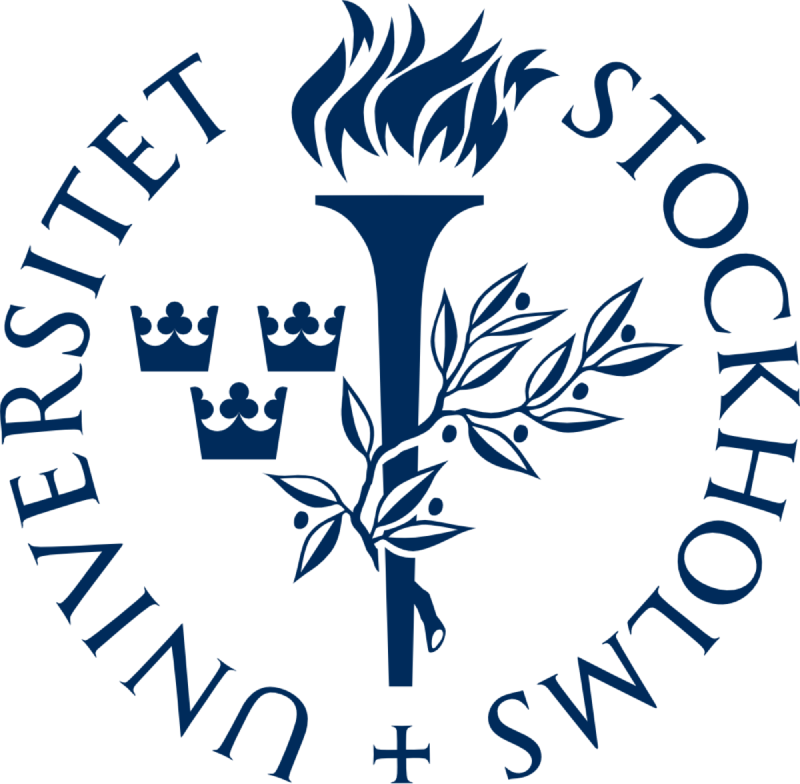PhD students in Astronomy (4)
The department consists of 15 faculty staff, ~20 senior and postdoctoral researchers, and ~25 PhD students. Stockholm is the capital of Sweden and has an international character. Most Stockholm researchers have an international background and English is commonly used both at the department and in daily life.
Project description
The department invites applications in the following research areas:
- Supernovae
A PhD candidate position is available for work on supernovae and supernova remnants. The project can be observationally driven or leaning more toward modeling. We are studying supernovae with large radio arrays, and are running programs to study the early optical emission from supernovae and gravitational-wave counterparts. We have also obtained observations of supernova remnants with the ACA millimeter array and with HST. The underlying drive is to understand the physical processes in these objects. - Galaxies
We seek a PhD candidate interested in working on an observational project in galaxy evolution, addressing questions on how star formation feedback affects the interstellar medium in galaxies, and its transparency to Lyman alpha and ionizing radiation. We have obtained data on dwarf starburst galaxies from the Hubble Space Telescope and the MUSE instrument on ESO/VLT. We are also involved in the construction of an instrument for the ELT and a PhD project on preparatory science is another opportunity. - Exoplanets
We seek a PhD candidate to work on exoplanet characterization. Our team works with a range of exoplanet detection methods including direct imaging, where we are currently leading an ESO Large Program survey called BEAST, which is performed with the SPHERE high-contrast instrument. The planetary objects detected in the survey will be amenable to spectroscopic and orbital characterization, which can be done partly with SPHERE itself and partly with other facilities such as MUSE, as well as near-future instrumentation in construction such as CRIRES+ and ERIS. - Stars
We seek PhD candidates to work on observational and/or theoretical stellar spectroscopy with million-star surveys of the Milky Way. We are part of large international survey teams that map the chemical composition, ages and dynamics of stars to study the formation history of the Galaxy, the physics of stars, and the origin of chemical elements.
Qualification requirements
In order to meet the general entry requirements, the applicant must have completed a second-cycle degree, completed courses equivalent to at least 240 higher education credits, of which 60 credits must be in the second cycle, or have otherwise acquired equivalent knowledge in Sweden or elsewhere
In order to meet the specific entry requirements, the applicant for a studentship at a researcher level in astronomy must have completed 60 credits of non-overlapping courses in physics/astronomy at an advanced level. Of these, at least 30 credits should be in the form of independent work in astronomy, with a passing grade. The specific entry level requirements can also be fulfilled through having equivalent documented competence.
Only a person who will be or has already been admitted to a third-cycle programme may be appointed to a doctoral studentship. The primary assessment criteria in appointing a doctoral student should be the capacity to benefit from the training.
The qualification requirements must be met by the deadline for applications.
Selection
The selection among the eligible candidates will be based on their capacity to benefit from the training. The following criteria will be used to assess this capacity: the candidates’ documented knowledge in a relevant field of research, written and oral, the capacity for analytical thinking, the ability to collaborate, as well as creativity, initiative, and independence. The assessment will be based on previous experience and grades, the quality of the degree project, references, relevant experience, interviews, and the candidate’s written motivation for seeking the position.
For more information click "LINK TO ORIGINAL" below.
This opportunity has expired. It was originally published here:
https://web103.reachmee.com/ext/I007/927/job?site=13&lang=UK&validator=da57c1f2e2ddea2946680e7e5adb241d&ref=https%3A%2F%2Fwww.google.com%2F&ihelper=https%3A%2F%2Fwww.su.se%2Fenglish%2Fabout%2Fworking-at-su%2Fphd&job_id=9484
